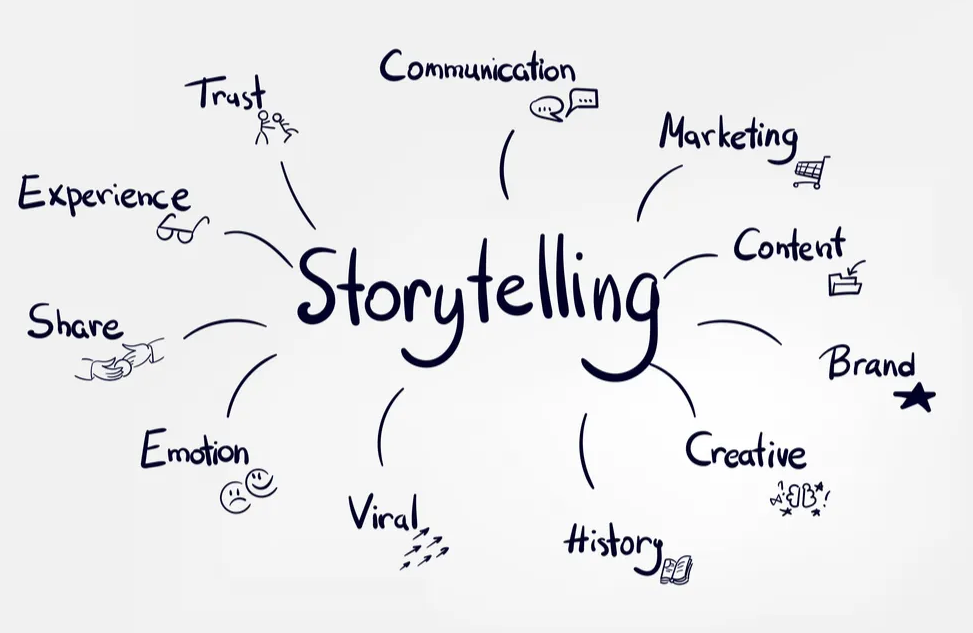Brand Storytelling Metrics: Measuring Narrative Impact on Consumer Behavior

In today’s cluttered marketplace, compelling brand stories have become the difference between being remembered and being forgotten. But how do we know if our stories are actually working? The challenge lies not just in crafting powerful narratives but in accurately measuring their impact on consumer behavior.
The Evolution of Brand Storytelling Measurement
Traditional marketing metrics often fall short when evaluating storytelling effectiveness. View counts and impressions tell only part of the story—they indicate exposure but reveal little about emotional resonance or behavioral change.
The modern approach to measuring brand storytelling requires a more nuanced framework that captures both immediate engagement and long-term relationship building. Today’s sophisticated brands are moving beyond vanity metrics to examine how narratives genuinely influence consumer perception and decision-making.
Core Storytelling Metrics That Matter
Emotional Response Tracking
The emotional impact of your brand story creates the foundation for consumer action. Advanced sentiment analysis tools can now parse comments, social media reactions, and direct feedback to gauge emotional responses with remarkable accuracy. These tools measure not just positive or negative sentiment but complex emotional states like inspiration, trust, and aspiration.
A Harvard Business Review study found that emotionally connected customers are 52% more valuable to brands than those who are merely satisfied, demonstrating the powerful ROI of emotionally resonant storytelling.
Narrative Engagement Depth
Beyond basic engagement metrics lies a deeper layer of analysis—how thoroughly audiences are consuming and interacting with your story. Metrics to consider include:
- Average engagement time (not just views)
- Story completion rates
- Scroll depth on long-form content
- Interaction with narrative elements
- Return visits to story content
These metrics reveal whether your audience is truly absorbing your narrative or merely skimming the surface.
Memory Imprint Measurement
Truly successful brand stories create lasting impressions in consumer memory. Regular brand recall studies, guided association tests, and story element recognition measurements provide valuable insights into how well your narrative has embedded itself in audience consciousness.
At BrandsDad, we’ve repeatedly observed that stories with distinctive, emotionally charged elements achieve 3-4 times higher recall rates than those relying on conventional marketing approaches.
Behavior Change Indicators
The ultimate measure of storytelling success is its ability to drive measurable behavior change:
Direct Response Actions: Immediate behaviors triggered by story exposure, including website visits, information requests, or social media engagement.
Consideration Metrics: Mid-funnel behaviors indicating deeper interest, such as content downloads, product comparisons, or subscription sign-ups.
Conversion Attribution: Purchases or conversions that can be traced back to specific narrative exposure through sophisticated attribution modeling.
Post-Purchase Advocacy: The storytelling impact that extends beyond purchase into customer advocacy behaviors, including referrals, reviews, and user-generated content contributions.
Implementing an Effective Measurement Framework
Creating a comprehensive storytelling measurement approach requires integrating multiple data sources:
- Start with clear objectives – Define what specific behaviors your story aims to influence before selecting metrics.
- Establish meaningful baselines – Measure pre-campaign metrics to accurately gauge story impact.
- Deploy multi-channel tracking – Capture cross-platform story engagement using integrated analytics tools.
- Conduct regular qualitative research – Supplement quantitative metrics with focus groups and interviews to understand deeper narrative impact.
According to the Content Marketing Institute, organizations with documented content measurement strategies are twice as likely to report success in their storytelling efforts.
Case Study: Narrative Impact in Action
A mid-sized lifestyle brand implemented a comprehensive storytelling campaign centered around sustainability and ethical production. Rather than focusing solely on impressions, they tracked:
- Emotional sentiment changes before and after story exposure
- Website journey patterns for users exposed to different narrative elements
- Purchase behavior differences between story-exposed and non-exposed customers
- Long-term retention rates among customers who engaged deeply with brand stories
The results showed that customers who engaged with the complete narrative sequence had a 67% higher average order value and 43% stronger brand loyalty over 12 months compared to those who encountered only product-focused content.
Moving Beyond Transactional Metrics
The most sophisticated brands recognize that storytelling impacts extend far beyond immediate transactional behavior. Long-term metrics to consider include:
- Lifetime customer value differences between story-engaged and non-engaged customers
- Word-of-mouth amplification patterns
- Brand perception shifts over extended periods
- Premium pricing tolerance among narrative-connected audiences
These measurements capture the enduring value of narrative investment beyond campaign-specific returns.
Conclusion
Effective measurement of brand storytelling requires moving beyond conventional marketing metrics to capture the multidimensional impact of narratives on consumer psychology and behavior. By implementing comprehensive measurement frameworks that track emotional response, engagement depth, memory imprint, and behavior change, brands can optimize their storytelling approaches for maximum impact.
The brands that will thrive in tomorrow’s market are those that not only tell compelling stories but also rigorously measure and optimize their narrative impact on consumer behavior. The question is no longer whether storytelling matters, but rather how precisely we can measure and maximize its influence.





